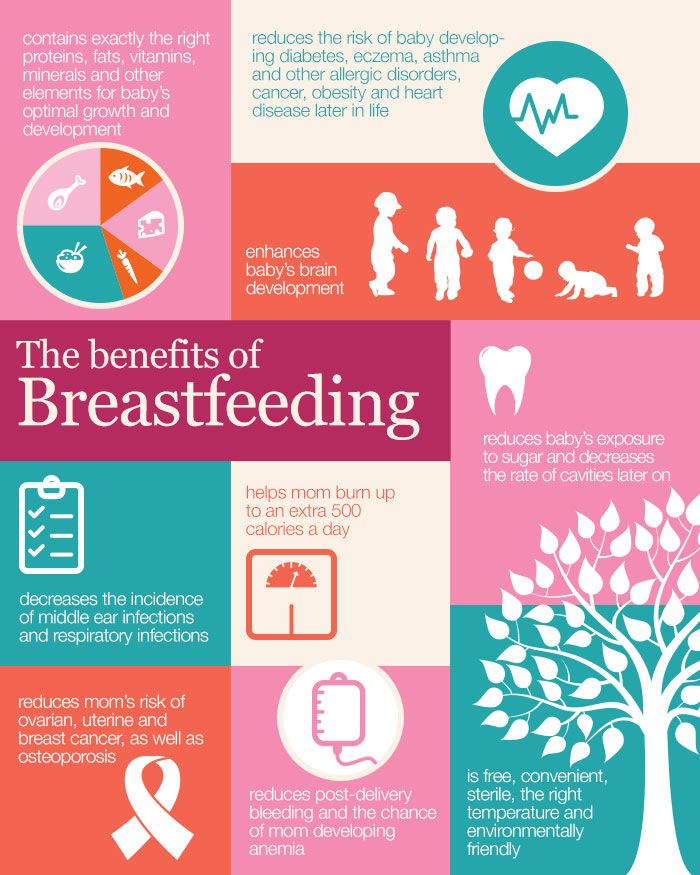Adding butter to baby food
Butter for Baby: Benefits, Drawbacks, and More
If we’re honest, we really can’t argue with the catchphrase “Butter makes everything better.” Anyone who’s ever eaten butter dolloped on a baked potato, spread atop a blueberry muffin, or whipped into sweet buttercream frosting can attest to the magical richness of this delicious fat.
But butter isn’t exactly a health food. Its high calorie count and saturated fat content place it in the “sometimes” category of food choices for adults.
Still, while we grown-ups may want to limit our butter intake as part of a balanced diet, do babies need to exercise the same restraint in the face of a flaky croissant or buttery cake? Baby and adult nutritional needs are different — but when it comes to butter, just how different?
Here’s what you need to know about babies and butter.
Aside from the rare possibility of a dairy allergy, butter is safe for babies.
A pure fat, it provides around 100 calories, 11 grams of fat, virtually no protein, and 0 carbohydrates per tablespoon, according to the U. S. Department of Agriculture (USDA).
Its fat content — which we’ll discuss in a sec — can contribute to baby’s healthy development in several positive ways.
Plus, because of its smooth, creamy texture, butter doesn’t pose a hazard for choking in infants (whew!). As long as it’s spread thin or incorporated into other smooth foods, it should go down quite easily.
The American Academy of Pediatrics (AAP) states that you can introduce baby to a wide variety of healthy solids around 6 months of age or when your little one shows signs of readiness.
You don’t have to follow any particular order of which food groups to introduce and when.
While butter might not be among the very first foods you debut on the high chair tray — and you’ll probably want to serve it on something, rather than as a solo pat — kids should be developmentally ready for it at 6 months old and beyond.
Just keep in mind that to spot food allergies or adverse reactions in your child, it’s best to limit your introductions to one new food at a time.
When you’re ready to get started with butter, try serving it with something your child has already sampled.
Believe it or not, butter offers some health benefits for young children, though your baby can be perfectly healthy without eating it, too. And limiting fat intake isn’t recommended for most babies and toddlers, so that shouldn’t be a concern.
Then there’s butter’s satiation factor. Not only does the fat in butter help keep baby bellies full, its high calorie count can be an advantage for kids who need to put on weight (though this is rare in babies). If you’re concerned about your little one’s weight, talk with their doctor about the possible need for extra calories.
Butter is also a surprising source of vitamins. (Who knew?) One tablespoon contains 400 international units of vitamin A, as well as small amounts of vitamin D, vitamin E, vitamin B12, and vitamin K2, according to the USDA.
Finally, the real star of butter’s benefits for babies might be its fat content.
For decades, research (like this 1999 study) has shown the important role fat plays in babies’ neurological development and brain function. Getting enough each day from nutritious sources is a critical piece of the puzzle for infant brain health.
Like anyone else, babies aren’t immune to the delicious charms of butter — so it’s possible that your little one could overdo it on the creamy fat.
According to the AAP, certain conditions may call for cutting back the saturated fat in your child’s diet.
Parents of children with overweight, at risk of overweight, or with a family history of heart disease or high cholesterol should speak with their pediatrician or registered dietitian about the possibility of limiting saturated fats, as in foods like butter.
Another buttery pitfall for little eaters: If too much fat fills up their tummies, they may not have an appetite for other nutritious foods. Keep butter servings moderate to help your child leave room for fruits, veggies, whole grains, lean proteins, and other building blocks of a balanced, nutritious diet.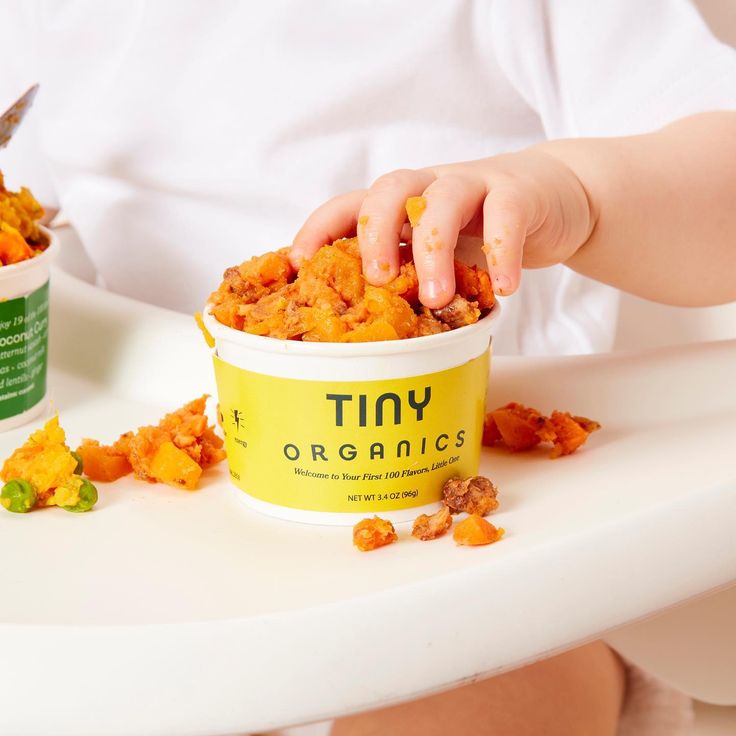
Margarine enjoyed a heyday back in the 1970s and 1980s, when the prevailing nutritional wisdom ran that dietary fat was a leading contributor to excess body fat. And it’s true that margarine, made from vegetable oils, contains less fat than butter.
However, the hydrogenation process often used to create margarine produces trans fats, which have been linked to increased risk of health issues like inflammation and heart disease.
To prevent the formation of trans fats, some margarine producers instead use a production method called interesterification, but the health effects of this process are debated.
As for feeding margarine to your baby, just note that any type of margarine is a highly processed food. Processed foods aren’t all bad — and you’re certainly not a bad parent if your kiddo eats them sometimes — but in general, the more whole foods you can offer your child, the better.
Because of all the benefits of fat for infant development, experts give babies a major green light on this macronutrient. Until kids reach the age of 2, the AAP advises not restricting fats in their diet.
Until kids reach the age of 2, the AAP advises not restricting fats in their diet.
In fact, babies and toddlers should get about half their daily calories from fat. Since 1-year-old babies need around 1,000 calories per day, this means 500 calories can come from fats (totaling about 56 grams of fat per day).
Of course, not all these fat grams should come from butter. You might begin with a 1-teaspoon serving of butter for your baby. (And be sure to offer fats from a variety of other nutritious sources, such as nut butter, avocado, olive oil, and fatty fish.)
Much of a baby’s fat intake may come from breast milk, formula, or — if they’re over 1 year old — whole milk.
For such a simple product, butter can come with head-spinning variety. When shopping at your local grocery store, you may wonder which of the numerous butters in the dairy case is best for your baby.
When budget allows, consider opting for organic butter. Not only are organic farming practices more environmentally friendly, they result in foods that may lessen your child’s exposure to potentially harmful pesticides.
Butter made with cream from grass-fed cows’ milk is another great (though sometimes pricey) choice.
Research from 2019 shows that grass feeding may improve the nutrition of cows’ milk, boosting nutrients like omega-3 fatty acids and conjugated linoleic acid. However, the health benefits aren’t clear.
Butter can make its way into everything from fancy soufflés to long-simmering risottos. If you’re cooking these for your family, there’s no need to leave the butter out of your little one’s portion.
And if your child’s doctor really suggests looking for more ways to add butter to their diet, you can try these simple serving ideas:
- Add a small amount of butter to cooked vegetables (especially those with a bitter flavor, like spinach, broccoli, or Brussels sprouts).
- Make toast points for baby by spreading butter on toasted whole wheat bread, sliced into quarters.
- Use butter as a base in creamy pureed soups like potato, tomato, or cream of mushroom (cooled down to avoid scalding baby’s mouth).
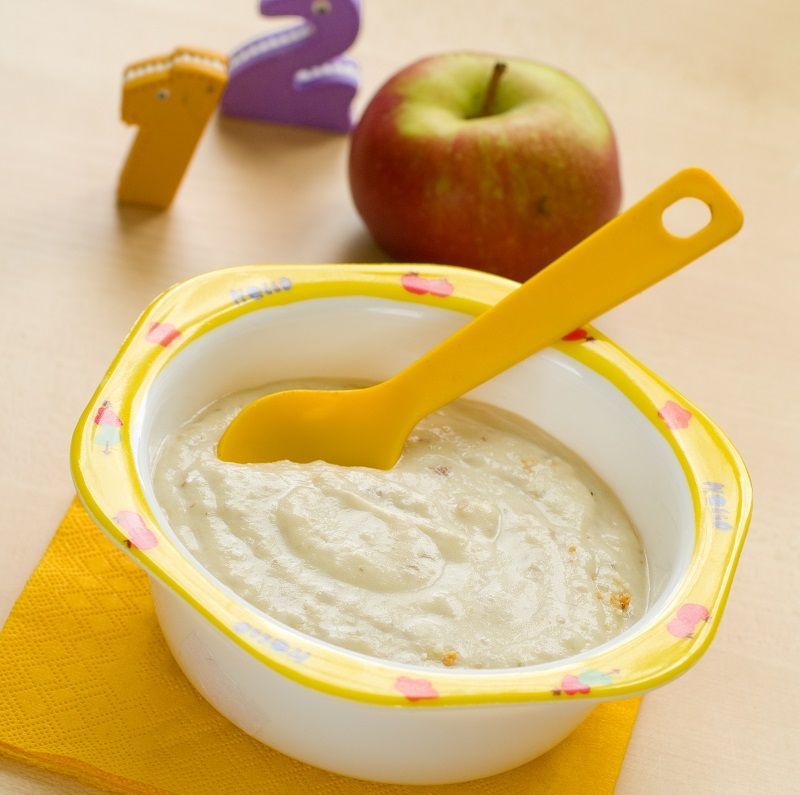
Some foods are tougher than others to introduce to your baby — but your little one isn’t likely to have a hard time accepting butter. (We’re betting there’ll be no need for the “Here comes the airplane” game here.)
In addition to its rich flavor and creamy texture, butter can even provide health benefits for your growing kiddo’s body and brain. Keep portion sizes moderate and let your high chair diner develop a taste for this delicious fat.
How to Add Oil or Butter To Baby Food to Boost Baby's Health
Do you add oil or butter to baby food when feeding your baby? If not, then think again!
When making baby food, we usually put together different vegetables, herbs, and possibly some meat or fish. Then we mix it with breast milk, formula, or water for the right consistency. The result is – hopefully – a yummy dish for your baby, but a very low-fat one.
Good or bad? Actually… not so good.
Here we will explain why adding oil or butter to baby food is a great way to promote your baby’s health and development.
- Why Babies Need Fat
- What Fats To Choose
- How Much Butter Or Oil To Add To A Baby’s Food
- What About Obese Babies
- What About Skinny Babies
Why Babies Need Fat
Fat is very important for your baby’s physical development. His or her growth and brain development are supported by a high-fat diet since the fat helps to build a myelin sheath around the nerves in the brain and spinal cord. This myelin sheath creates insulation for the central nervous system and hence makes it possible for the nerve pulses to travel rapidly and efficiently.
Breast milk has a high-fat content; some 4% and comprises of Omega 3 fats such as DHA and AA – very healthy.
However, if you could take out all the water of breast milk, the remaining substance would be around 50% fat. Quite a lot! So, as you can see, fat is an extremely important part of a baby’s diet.
If you make your own baby food without adding fat, the fat content will often be a lot less than 4%.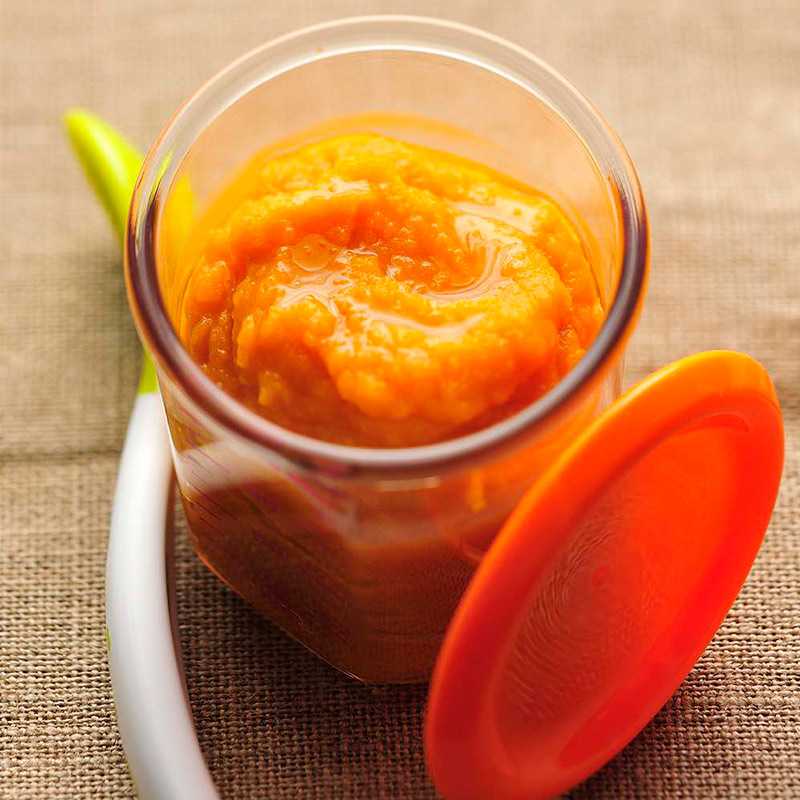 If you start with solid foods early, or you do not add oil or butter to baby food that you cook, your baby may not get enough fat for optimal development.
If you start with solid foods early, or you do not add oil or butter to baby food that you cook, your baby may not get enough fat for optimal development.
Interestingly, despite the fact that baby food may contain less fat than breast milk and formula, several studies show that babies who are introduced to solids foods early are at a significantly higher risk of becoming overweight as pre-schoolers compared to children introduced to solid foods after the age of 4 months.
Low-fat baby food is not a way to keep your baby at a normal weight.
What Fats To Choose
Now, what type of fat should you choose to add? Oil, butter, margarine? Several types of oil, as well as butter, are excellent choices! Margarine, on the other hand, is best avoided, and I’ll soon explain why.
Olive oil is well-known to be healthy, especially if using extra-virgin (organic) oil.
Olive oil contains a high degree of monounsaturated fats, as well as fatty acids that are present in breast milk and helps promote your baby’s growth. It also contains several important vitamins, such as A, B, C, D, E, and K.
It also contains several important vitamins, such as A, B, C, D, E, and K.
(Read about the benefits of different vitamins for your baby here.)
Coconut oil (again virgin, organic) is growing in popularity, due to its composition. Coconut oil has a large content of medium-chain fatty acids, just like breast milk. Both breast milk and coconut oil are rich in lauric acid, which promotes immune defense.
There are other healthy oils too, but olive oil and coconut oils are good, well-documents oils to start with for your baby.
Just make sure you sure extra-virgin, and preferably organic oils, if you can afford it. (Virgin oils are a must if you want the oil to be healthy for your baby.)
Adding butter to baby food is a great option too.
Butter is very nutritious, provides necessary fat and cholesterol, along with Vitamin A, CLA, and essential fatty acids.
You should stick to unsalted butter, preferably organic, as salt can tax a baby’s kidneys, and organically produced butter will not contain the added hormones/drugs that are given to cattle raised in standard conditions.
Also, if possible, use butter from grass-fed, rather than grain-fed, cattle, as grass-fed butter will contain significantly higher amounts of vitamin A and CLA and will have a better Omega-3 fatty acid profile.
If you are worried about the milk protein content of butter, you can relax. Butter does not normally contain large amounts of milk proteins, so it should be minimally allergenic.
If the baby tolerates milk-based formula (or if the mother breastfeeds and includes dairy in HER diet), the baby is not likely to have an allergy or sensitivity to milk protein.
Then how about margarine? Avoid it! Margarine is made through a chemical process which makes it solid, ut also makes it full of trans fatty acids, preservatives, and chemicals. Yikes!
How Much Butter Or Oil To Add To A Baby’s Food
Assuming that a baby portion is around 2 oz, you can add around 0.5-1 teaspoon of oil or butter to one serving.
Since frying food is not recommended for babies, you can add oil or butter to baby food after boiling or steaming the food.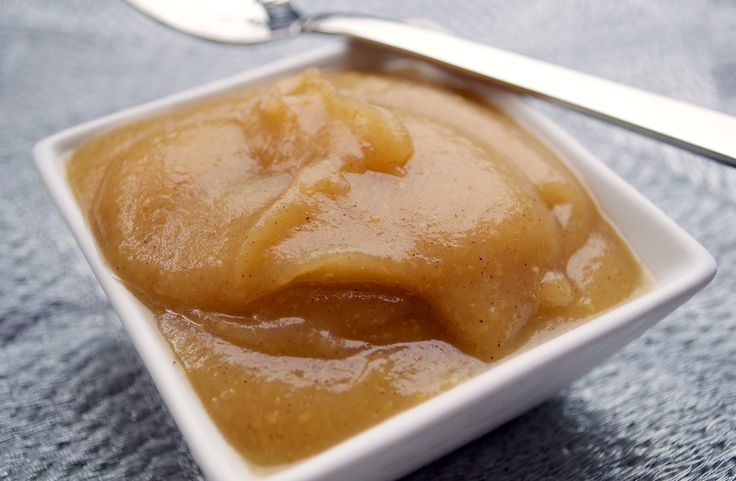 That way the healthy vitamins, minerals, and fatty acids will not be destroyed by the heat.
That way the healthy vitamins, minerals, and fatty acids will not be destroyed by the heat.
What About Obese Babies
When is a baby obese, or overweight enough for the parents to worry?
It is a tricky and sometimes sensitive question.
Many babies are downright fat during their first few months of living, especially if fully breastfed. But once these babies start moving around and combine breast milk with solid foods, they often shed off the baby fat quite rapidly. And that is all good. Babies that are really chubby on breastmilk is nothing to worry about at all.
It is more worrying if an older baby starts gaining weight rapidly all of a sudden. But before worrying at all, consult your baby’s doctor! You should not start experimenting with your baby’s diet before talking to a pediatrician.
Now let’s say that your baby or young toddler really is overweight. Does that mean that you should cut down on fat? Actually no. At least not as a first-hand option.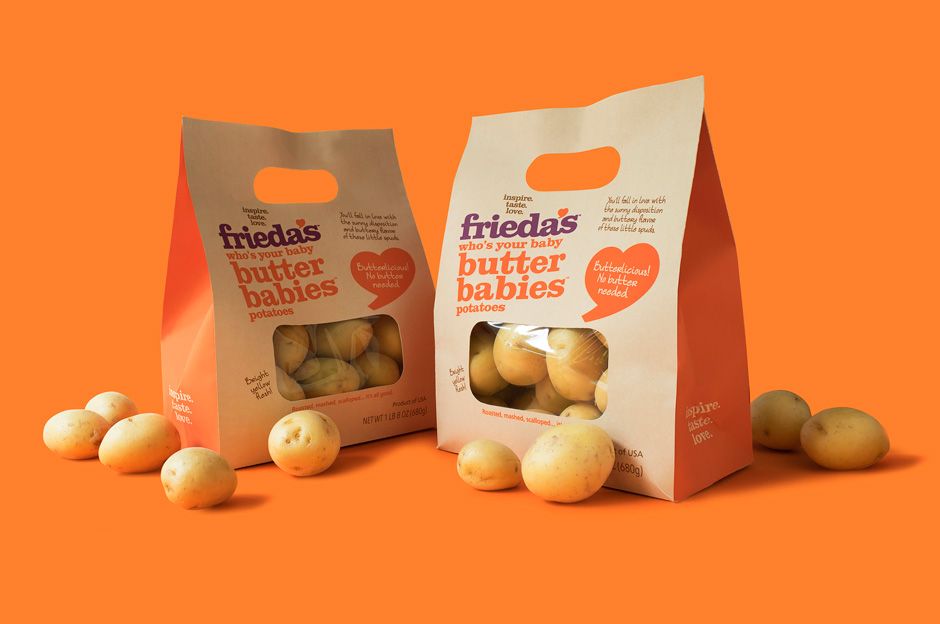 What you should cut down on is sugar and simple carbohydrates, such as white flour, fast food, and fruit juices.
What you should cut down on is sugar and simple carbohydrates, such as white flour, fast food, and fruit juices.
More and more research confirms that sugar and simple carbohydrates are the real causes of obesity.
They also cause cavities and may lead to malnutrition, since they are practically empty calories (no vitamins, minerals, proteins, or fats that are needed for development).
You should also make sure that your baby gets access to healthy fats, such as the ones described above with medium-chain fatty acids.
Secondly, have fun with your baby! Get down on the floor to play. Chase your crawling baby or running toddler – they usually love it! Or enroll in some fun baby activities together. A perfect way to bond with your baby too.
Third, make sure your baby sleeps enough. You can review this baby sleep schedule and compare with your own child. Lack of sleep is associated with overweight in adults, maybe also in children.
What About Skinny Babies
Many parents worry that their baby is too skinny. We tend to envision healthy babies as chubby. But while there are many established negative health effects of a child being obese, there are very few documented negative effects of being skinny.
So unless you have reasons to believe that your baby is not getting the nutrition he or she needs, or if your baby is falling rapidly through the weigh curves or appears weak or ill, you really don’t have to worry much about your skinny baby.
If your baby is happy and developing normally, just keep up with the healthy foods and add as much oil or butter to baby food you make, as you would to any child.
If your baby has an issue with being too skinny, as confirmed by your pediatrician, you are likely to get dietary advice from the doctor.
Foods that are high in healthy fats are often an excellent source of energy for these children too. Avocado is an excellent veggie to offer your baby in such a case, as is full-fat cheese and yogurt when your baby is old enough.
Some pediatricians will also recommend adding oil to the baby’s bottle.
But again, do not try to increase your baby’s weight unless your pediatrician tells you too.
Babies are not unhealthy just because they are tiny or skinny, regardless of what your grandma or neighbor says!
I hope this article has inspired you to stop worrying about doing wrong when adding oil or butter to baby food. It is perfectly safe and even healthy to give the right oil or butter to babies!
Research on Adding Oil or Butter to Baby Food
- The Role of Nutrition in Brain Development: The Golden Opportunity of the “First 1000 Days”
- Baby Formula WIth Fish Oil Added May Help Infants
- Feeding Your Baby’s Brain
More About Feeding Your Baby
- Making your own baby food – It is easy!
- Information about children’s eating habits can be found here.
- And here’s you’ll find tips on how to avoid power struggles at the dinner table.

Feel free to share any thoughts on adding oil or butter to baby food by leaving a comment below! :-)
Share with your friends! :-)
Is it possible to add oil to baby food
— Elena Viktorovna, why add vegetable oil to baby food?
— Fats play a very important role for the body of both a child and an adult.
Some functions of lipids
— The properties of fats depend on the fatty acids in their composition.
— Saturated fats are a good source of energy and cholesterol, which is also needed for the body to function. But unsaturated, in particular, arachidonic (ARA, Omega-6), eicosapentaenoic (EPA, Omega-3) and docosahexaenoic (DHA, Omega-3) acids are very important - they are part of the phospholipids of cell membranes and are involved in the formation of eicosanoids, and therefore, they are of particular importance for the immune and nervous systems.
— What are the health benefits of vegetable and butter?
- Children under one year old need oil in small quantities.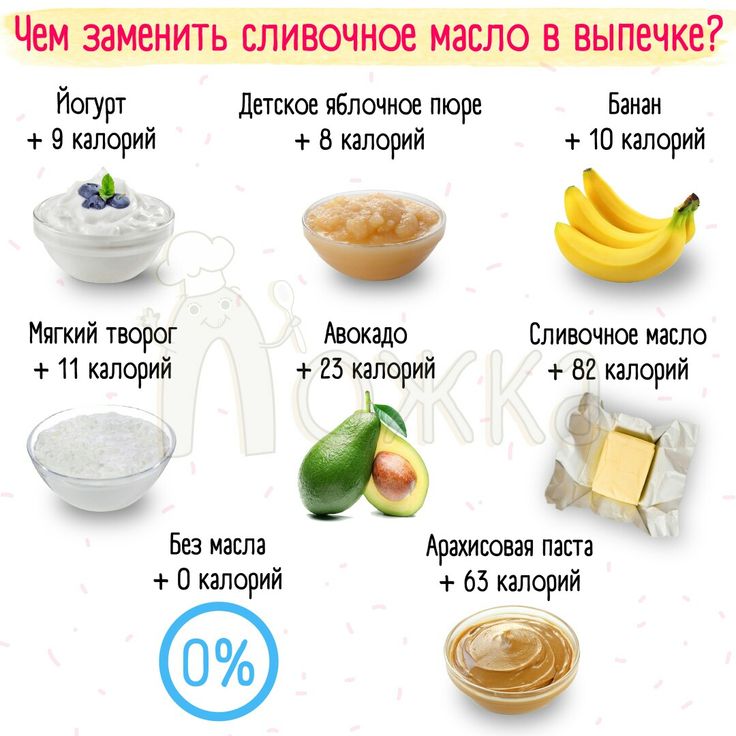 This is an additional source of energy and components that we are talking about. But the main source of fat for the baby will be breast milk or an adapted formula.
This is an additional source of energy and components that we are talking about. But the main source of fat for the baby will be breast milk or an adapted formula.
— Oil in optimal amounts is very beneficial for digestion. It promotes the absorption of fat-soluble vitamins, trains the pancreas; the fat component of food stimulates contractions of the gallbladder. Therefore, in the optimal amount of fats are needed in baby food.
— What can be the harm of vegetable and animal fats up to a year?
- Their excess in the diet is dangerous, it overloads the biliary tract and pancreas: their enzymatic activity is formed and increases gradually, the baby's body simply cannot cope with the processing of fats.
— How are the fatty acids in infant formula different from those in vegetable oil and butter?
- Formula manufacturers are trying to adapt the fat component of formulas and bring it closer to the fat component of human milk. For example, there is little linoleic acid in cow or goat milk compared to breast milk: it is added from vegetable fats.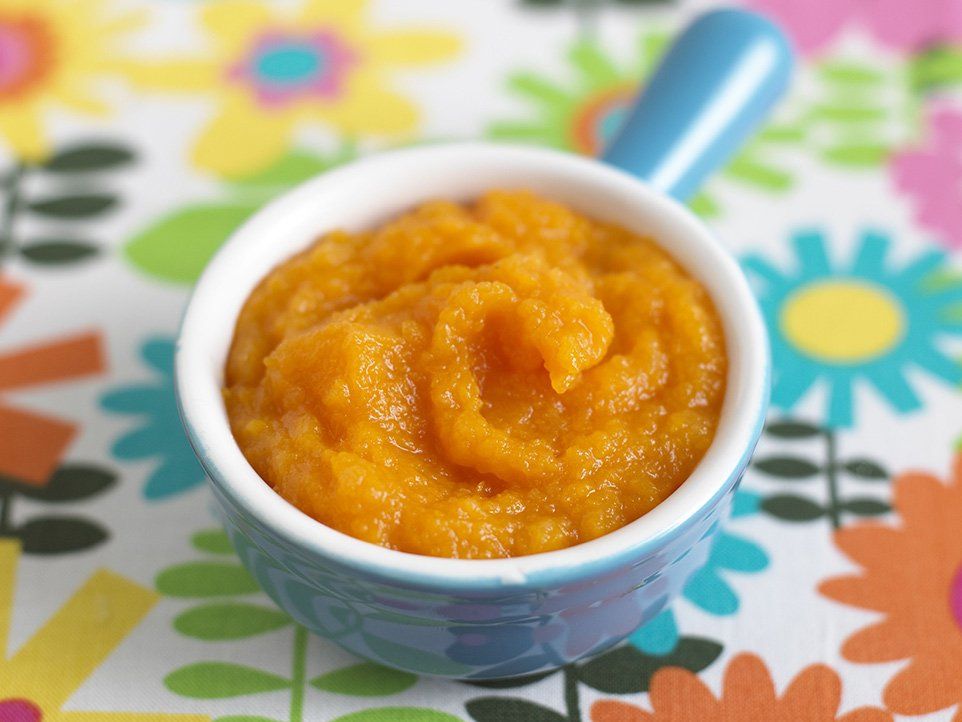 Palmitic fatty acid is taken from vegetable palm oil or milk fat from cow or goat milk. Also, the mixtures are additionally enriched with Omega-3, -6 polyunsaturated fatty acids.
Palmitic fatty acid is taken from vegetable palm oil or milk fat from cow or goat milk. Also, the mixtures are additionally enriched with Omega-3, -6 polyunsaturated fatty acids.
— According to doctors, are there any special indications for adding oil to children's diets?
— Even with insufficient body weight and deficiencies, one must be careful with fats and not exceed their allowable norm in the child's diet, including in the form of oil. Often, parents believe that fat improves the child's stool: supposedly makes it softer. This belief is wrong. As we have already said, excess fat can lead to a malfunction of the biliary tract, which can affect the nature of the stool.
— Is it true that oil improves the taste of complementary foods?
- Butter, especially butter (milk fat), significantly improves the taste of food. But this perception of the product is more related to the taste preferences of the parents. Taste receptors in children develop gradually and may react differently to food than adults.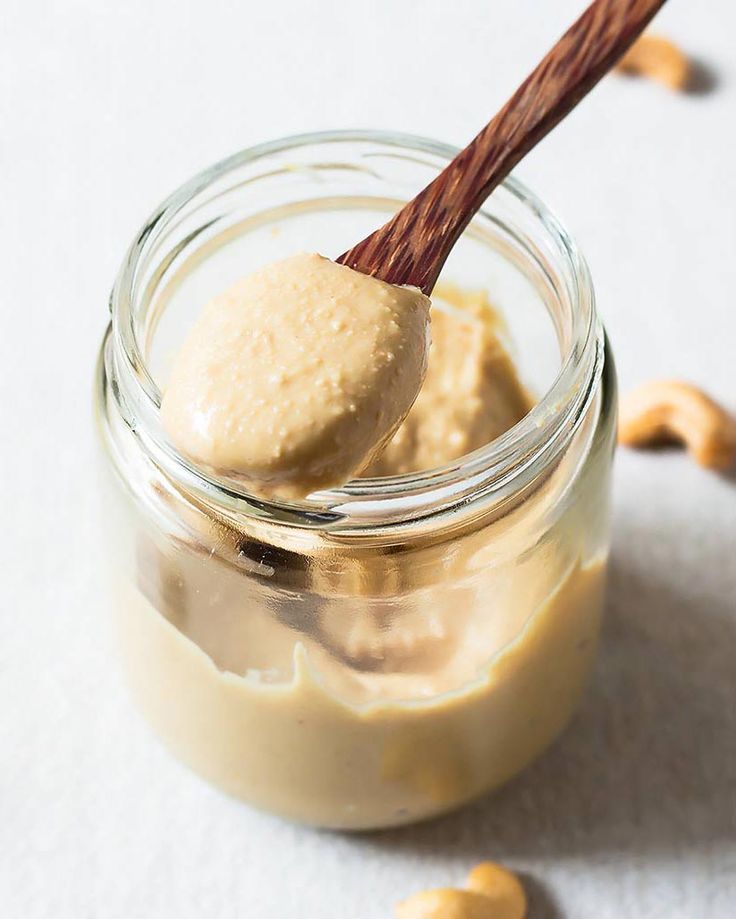
— When to add oil to complementary foods?
— According to the National Program for Optimizing the Feeding of Children in the First Year of Life, it is allowed to give oil as early as 4-6 months, that is, with the start of the transition to solid food. But complementary foods themselves do not start with vegetable or butter. The first complementary foods are cereals or vegetable purees in their pure form. After the baby gets to know them, you can add butter to porridge, vegetable oil to vegetables.
It is better to start with vegetable oil because it has less saturated fat and is non-dairy. The introduction of dairy products is postponed to a later period.
If your child is obese, overweight, or has bile duct problems, you can delay the introduction of oil into complementary foods.
How much oil to give a baby up to a year
- 4-5 months: vegetable oil - 1-3 g, butter - 1-4 g.
- 6-7 months: vegetable oil - 5 g, butter - 4 g.

- 8-12 months: vegetable oil - 6 g, butter - 5 g.
Digestive problems in infants with too early introduction of oil
- Violation of the stool.
- Overloading of the pancreas and biliary tract.
- Fat indigestion.
- "The wrong" fats can block other substances, such as calcium.
- Loading the body with cholesterol.
- Violation of the supply of other ingredients.
- Excessive weight gain.
— What kind of oil to feed the baby?
- Butter, sunflower or olive oil is the best option for complementary foods. Other oils are not recommended for children. It is necessary to be guided by the following principle: the child should eat what his parents often use. These oils are also the most balanced in terms of the composition of saturated and unsaturated fatty acids.
— What to look for when choosing a product?
— Trust in the manufacturer is important.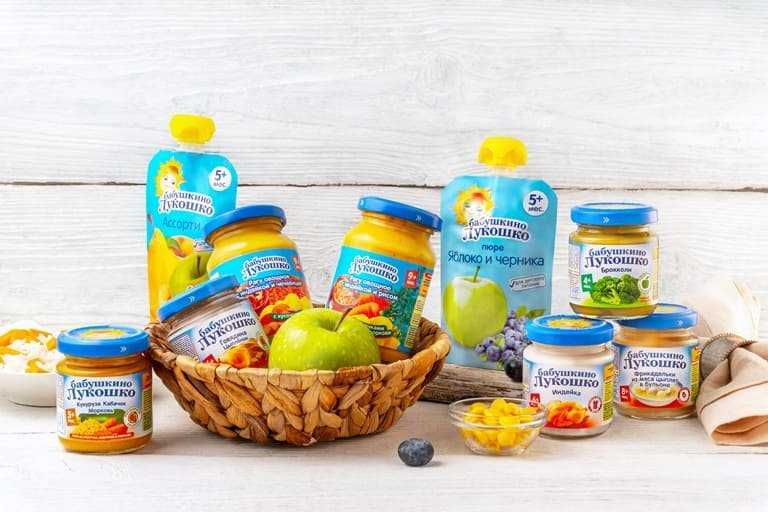 Choose an oil that is known and used in your family. Product quality is compliance with GOST, satisfactory results of inspections by Rospotrebnadzor.
Choose an oil that is known and used in your family. Product quality is compliance with GOST, satisfactory results of inspections by Rospotrebnadzor.
- If you can find a product for children, then it is better to purchase it. Butter for children is produced taking into account all the requirements for baby food.
- Is there an allergy to oil?
- As with any food component, an allergy can also occur to oil, since it contains traces of proteins from the main raw material. It is for the prevention of violent reactions that a phased acquaintance with complementary foods and the gradual introduction of oil are recommended. If a reaction develops with the use of oil, an allergy can be suspected. Then, after removing it from the diet, the symptoms usually go away.
If a child is allergic to cow's milk protein, dairy products, including butter, are not introduced to him. You need to use vegetable oils. Butter is given after the expansion of the milk diet. Sometimes there is an allergy to sunflower oil: then a replacement is selected for it, for example, olive oil. If an allergy develops to it, choose a different type of oil.
Sometimes there is an allergy to sunflower oil: then a replacement is selected for it, for example, olive oil. If an allergy develops to it, choose a different type of oil.
Fat is a very important ingredient in baby food. When compiling a baby’s diet, it should be borne in mind that oil may already be added to commercially produced complementary foods. Oil can be gradually introduced into homemade complementary foods in the amount allowed by the National Infant Feeding Optimization Program. But you should always remember that in the first year of life, the main source of fat for a child is breast milk or an adapted mixture.
* Breast milk is the best food for babies. WHO recommends exclusive breastfeeding for the first 6 months of a child's life and continued breastfeeding after complementary foods are introduced until the age of 2 years. Before introducing new products into the baby's diet, you should consult with a specialist. The material is for informational purposes and cannot replace the advice of a healthcare professional. For feeding children from birth.
For feeding children from birth.
is it possible? Oil for children and complementary foods - vegetable (olive) and butter, which one to give to a child
Modern housewives cannot imagine cooking without oil. It will make any dishes tastier, and also provide the body with important vitamins (A, D, E), mono- and polyunsaturated fatty acids. But they are extremely important for the growth and development of the child's body, besides, they help protect against germs and infections.
Specialists also note the need for oil in the child's diet. More precisely, cholesterol, which is the main building material for brain cells. It remains only to find out: what kind of oil to give the child so that he gets the maximum of useful substances.
Butter for children
Its usefulness cannot be overestimated. Milk fat is necessary for proper metabolism, has a positive effect on vision, promotes and participates in the formation of bones and teeth. It is believed that butter helps to quickly restore strength after illness.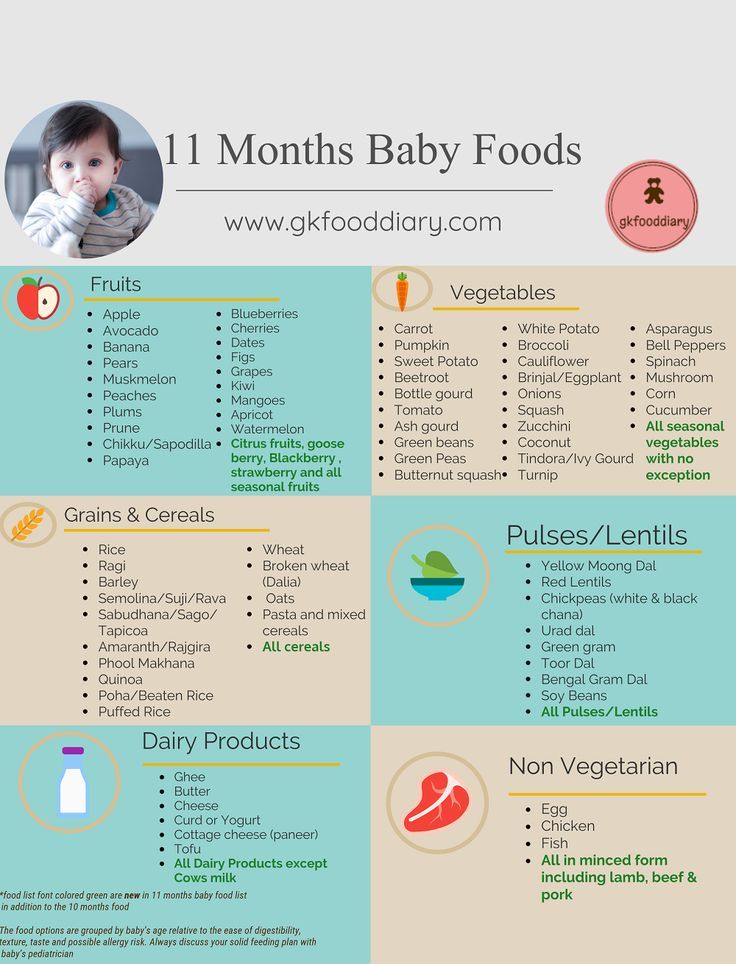
Thanks to its low melting point, it is highly digestible. They only need to fill the dishes immediately before serving, this will preserve its useful properties. And so that the content of vitamin A in it does not decrease, store the oil in a sealed container in the refrigerator.
Vegetable oil for children
This product is highly digestible, improves immunity and improves skin condition. True, some oils contain harmful substances, which refining helps to remove. And in order to make up for the partial loss of vitamins after such a cleansing, the oil is additionally enriched with a variety of additives.
But the most useful oil is, of course, natural. Here it should be used for dressing salads and side dishes. And refined is great for frying or baking.
Vegetable oil can be given to the child already at the introduction. Naturally in small quantities.
Some people wonder what kind of vegetable oil to give a child: sunflower, olive, corn or soybean? It should be noted that each of them is useful in its own way.
Sunflower oil for children
So, sunflower oil is necessary for the growth and development of a good memory. The linoleic acid contained in it is needed for nerve tissues and the retina of the eye. Just keep in mind that sunflower oil is a strong allergen.
Olive oil for children
Improves the functioning of the liver, intestines and has a choleretic effect. And the most interesting thing is that olive oil fats are similar in composition to breast milk fats, which is why it is desirable to introduce it into the child's diet one of the first. The most useful is unrefined.
Corn oil for children
It is believed that this oil is optimal for the child's body. After all, it is not for nothing that it is recommended for dietary nutrition. The only negative is that it does not fully meet the need for vegetable fats, so it must be alternated with other oils.
Soybean oil for children
The oil is very useful for the nervous system, preventing kidney diseases and improving metabolism. It is better to buy refined varieties that are much better stored.
It is better to buy refined varieties that are much better stored.
We hope that this review was useful to you, and you will no longer have the question: "?".
Small, growing bodies need milk fat for energy and for the absorption of fat-soluble vitamins. Dairy fats from butter are absorbed by the body for 9eight%. Despite the fact that butter is considered unhealthy for its saturated fat content, it has a lot of healthy mono- and polyunsaturated fatty acids.
Butter for children up to a year will also be useful due to the vitamins A, D, E, B2 contained in it. Vitamin A is necessary for the baby for the normal development of vision, B2 for hair growth, healthy skin and healthy nails. Vitamin E is involved in the development of reproductive organs, and D strengthens bone tissue.
Butter is useful for the body of children and adults only in small quantities, since an excess amount of milk fats and cholesterol can adversely affect fat metabolism and the health of the cardiovascular system.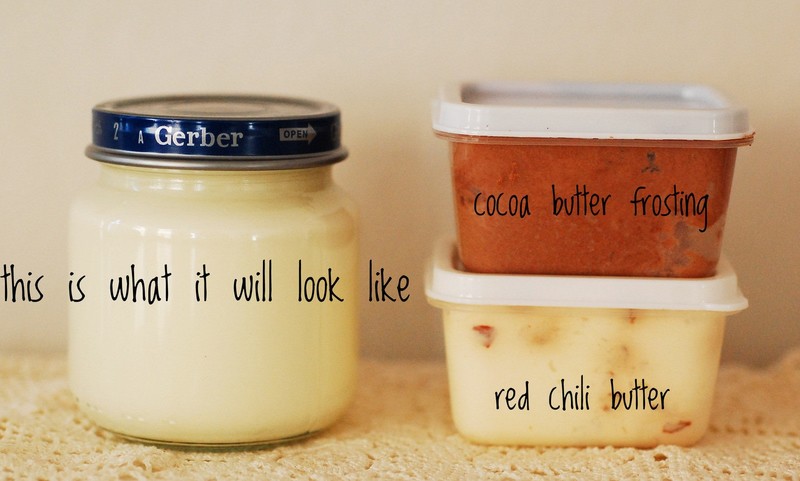
When to give butter to a baby?
Butter should be included in the baby's diet along with complementary foods with cereals from 4 months. If you give your baby canned food, then butter no longer needs to be introduced into complementary foods, since there is already the necessary amount of animal fats there.
Introduce oil little by little, observing the reaction of the baby's body. Stop your choice on unsalted varieties of butter. The first serving of butter should not exceed 1 gram. By 6 months, you can increase the amount to 4 grams per day. By 12 months - 6 grams. For the next 2 years, the child should be given no more than 20 grams of butter per day, and this amount should be divided into several meals.
Ghee for children under one year old
Melted butter is suitable for children who also have cow protein intolerance. This oil has a beneficial effect on the digestive system, the development of intelligence and mental abilities, the development of the reproductive system.
Clarified butter must be soft in texture, amber in color and pleasantly aromatic. When heated, it does not give any sediment and foam. It contains a lot of fat, so you should use it only in the morning.
When it's time to introduce complementary foods, cereals occupy a firm place in the children's menu. And then the question arises for young mothers: is it possible to add butter to cereals? After all, the well-known saying that you can’t spoil porridge with butter refers to adults and does not specify whether butter is suitable for children and, if so, from what age the product can be present in the baby’s diet.
Butter composition
Butter is a healthy product rich in various minerals and vitamins. It is made by churning cream obtained from cow's milk. This type of butter is characterized by a high percentage of milk fat - from 50% (tea) to 82.5% (traditional). The product is quickly absorbed due to the low melting point, has a delicate taste and a fairly high calorie content (traditional - 748 kcal per 100 g). 100 g contains 0.5 g of protein, 0.8 g of carbohydrates and 16 g of water.
100 g contains 0.5 g of protein, 0.8 g of carbohydrates and 16 g of water.
Vitamin, fatty acid and cholesterol content
| Content per 100 g | |
| Saturated acids | |
| stearic, g | 11 |
| palmitic, g | 25 |
| Polyunsaturated acids | |
| linoleic, g | 6 |
| linolenic, g | 0.7 |
| oleic, g | 34 |
| Vitamins | |
| A, mg | 0.59 |
| β-carotene, mg | 0.38 |
| D, mcg | 1.5 |
| E, mg | 1 |
| B2 mg | 0. 2 2 |
| Calcium, mg | 12 |
| Phosphorus, mg | 19 |
| Magnesium, mg | 0.4 |
| Potassium, mg | 15 |
| Sodium, mg | 7 |
| Sulfur, mg | 5 |
| Iron, mg | 0.2 |
| Zinc, mg | 0.1 |
| Copper, µg | 2.5 |
| Manganese, mg | 0.002 |
| Lecithin, g | 0.5 |
| Cholesterol, g | 0.19 |
Benefits
Many parents are afraid of the content of cholesterol in the product, but these fears are unfounded. Cholesterol, which is present in all animal products, is essential for the normal development of the child's nervous system, as well as for maintaining intestinal health.
Vitamins A and D will bring invaluable benefits to the child's body, contributing to the formation of healthy teeth and bones. Vitamin A also has a positive effect on visual acuity.
The presence of a moderate amount of butter in the baby's diet does not threaten the baby with weight gain. Saturated fats are not stored, but are converted into energy that children actively use. In addition, saturated fat has another invaluable property - it protects against the development of asthma.
Introduction to diet
Unsalted or sweet butter is introduced into the baby's diet from 5-6 months. It is given to the baby after the child's body has become accustomed to vegetable oil, in the event that the use of vegetable oil did not cause negative reactions.
It is preferable to add butter to porridge, this will not only improve its taste, but also increase the absorption of starch from cereals by the child's body. Oil is added to ready-made porridge, and not boiled together with cereals.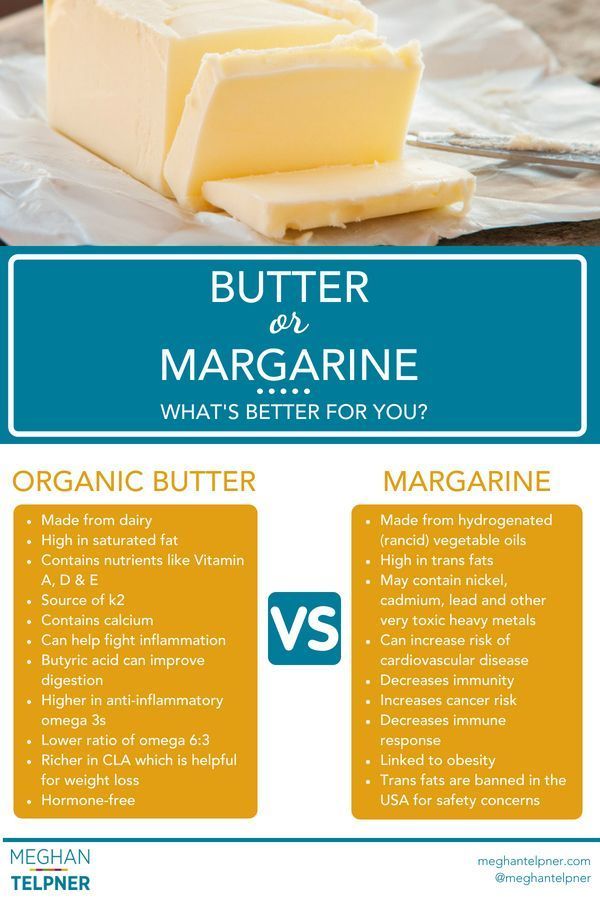 Also, the product can be added to an omelet or smeared on bread.
Also, the product can be added to an omelet or smeared on bread.
The amount of butter is increased gradually. At the first meeting, a serving of oil should not exceed 1 g (at the tip of a knife). If the product is normally tolerated by the child's body and does not cause allergies or gastrointestinal disorders, by the first anniversary of the baby, the amount of butter is adjusted to 5 g, which corresponds to 1 teaspoon. By the age of 3, with health benefits, a child can eat 15 g of oil daily.
Precautions
The use of butter is contraindicated for babies who are allergic to milk protein. Do not exceed the recommended daily intake of the product. This can cause gastrointestinal upset.
It is absolutely not recommended to introduce so-called butter analogs (spread, margarine, etc.) into the diet of a baby under 3 years old. These products contain various flavors, synthetic fats and flavor enhancers. There will be no benefit from the use of such analogues, but the harm can be serious, which manifests itself in the form of allergies and even food poisoning.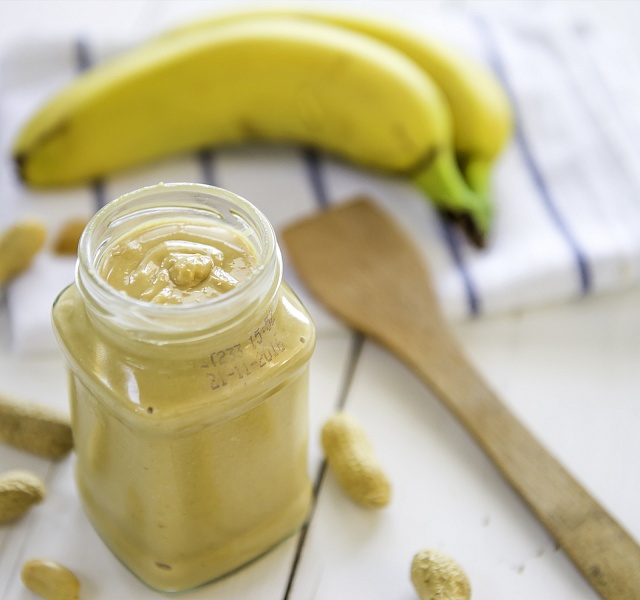
Product storage rules
In the refrigerator at -12 to +6 degrees, the oil can be stored for about 2 months. Temperature extremes and high humidity should be avoided during storage.
Butter does not like bright light; under its influence, the amount of vitamin A in the product decreases. The product tends to easily absorb foreign odors, so it is recommended to store it in a container with a tight-fitting lid.
Recipes for children with butter
Buttered rice porridge
Tasty and nutritious porridge suitable for babies from 6 months.
- rice - 1.5 tbsp. spoons;
- water - 200 ml;
- milk - 100 ml;
- butter - 1 teaspoon;
- salt, sugar - a small amount.
Preparation:
- Pour washed rice into boiling water. Cook over low heat for 40 minutes.
- Pass the cooked rice through a sieve or grind with a blender to a puree state.
- Add hot milk, salt, sugar, bring to a boil.
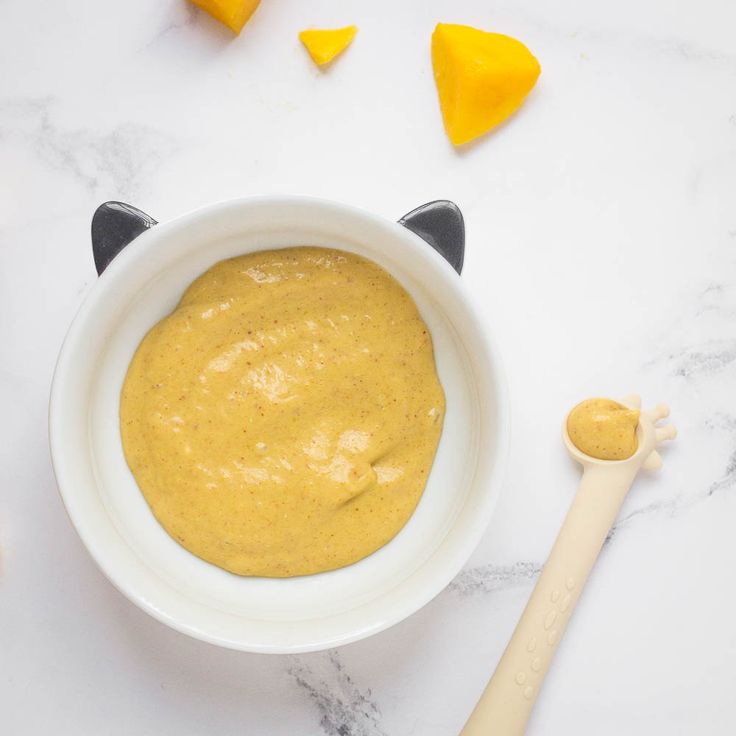
- Add butter to the porridge before serving.
Shortbread
Babies over 3 years of age will love these biscuits. Children not only eat it with pleasure, but also enthusiastically take part in the preparation.
- wheat flour - 300 g;
- butter - 200 g;
- sugar - 100 g;
- eggs - 2 pcs.;
- sour cream - 1 tbsp. a spoon.
Preparation:
- Sift flour, add sugar and mix.
- Add the softened butter to the mixture and mash with a fork.
- Make a well in the resulting mixture, pour in the sour cream and add one egg.
- Knead a homogeneous dough, put it in the refrigerator for half an hour.
- Roll out the chilled dough into a layer 5 mm thick, cut into squares or cut out figures using molds, put on a baking sheet.
- Beat the remaining egg, brush the biscuits.
- Bake for 20 minutes at 190 °C.
Butter, containing a large number of useful components, must be present in the diet of a growing baby. The greatest difficulty for parents is usually the search for high quality natural oil in stores. The main thing is to carefully read the composition indicated on the package and follow the norms for the consumption of the product.
The greatest difficulty for parents is usually the search for high quality natural oil in stores. The main thing is to carefully read the composition indicated on the package and follow the norms for the consumption of the product.
Oils and fatty foods provide a source of fatty acids, including polyunsaturated fatty acids (PUFAs) derived from linoleic acid, fat-soluble vitamins A, D (fish oil, milk fat and other animal fats), vitamin E (vegetable oils), phospholipids (vegetable oils) and some other nutrients. Fats, like proteins, are the building material for body cells, organs and systems. Fats also perform an energy function (when burning 1 gram of fat, 9kcal of energy).
Animal fats
They are predominantly rich in saturated fatty acids and cholesterol. Saturated fatty acids give fats the property of infusibility, reduce their "digestibility" by digestive enzymes and absorption by the body, and excess cholesterol contributes to the development of atherosclerosis.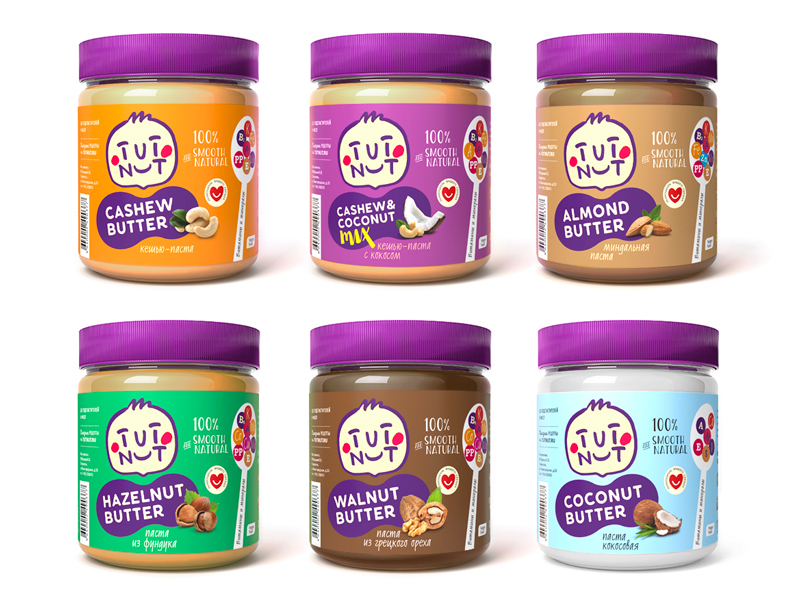 At the same time, animal fats are sources of essential fat-soluble vitamins A and D, which are almost completely absent in other foods. Butter is a product made from concentrated cow's milk fat. It contains 61.5–82.5% fat and 16–35% moisture, has a low melting point (28–35°C) and good taste properties. The oil contains a large amount of proteins, minerals, vitamins A, D, E, K, C, group B. Butter contains phosphatides (lecithin) and sterols (cholesterol). 100 g of butter contains about 750 kcal, and its fusibility ensures its absorption by the human body by 95–98%. Butter is obtained from sweet or fermented cream.
At the same time, animal fats are sources of essential fat-soluble vitamins A and D, which are almost completely absent in other foods. Butter is a product made from concentrated cow's milk fat. It contains 61.5–82.5% fat and 16–35% moisture, has a low melting point (28–35°C) and good taste properties. The oil contains a large amount of proteins, minerals, vitamins A, D, E, K, C, group B. Butter contains phosphatides (lecithin) and sterols (cholesterol). 100 g of butter contains about 750 kcal, and its fusibility ensures its absorption by the human body by 95–98%. Butter is obtained from sweet or fermented cream.
Butter can be of several types: with and without salt, melted, sweet and sour cream, and there is also commercially available butter with fillers - chocolate, with the addition of honey, etc. Oils with the addition of honey, chocolate, fruit additives in the nutrition of young children should not be used recommended, as "additives" are strong allergens. In addition, with a change in the taste of the oil, its calorie content increases by increasing the amount of carbohydrates. Given the rather high calorie content of this product, as well as the combination of nutrients in it, it is recommended to use it in accordance with age norms (see below).
In addition, with a change in the taste of the oil, its calorie content increases by increasing the amount of carbohydrates. Given the rather high calorie content of this product, as well as the combination of nutrients in it, it is recommended to use it in accordance with age norms (see below).
Ghee is a pure milk fat obtained by melting butter. The oil is heated to 70–75°C with the addition of 1–5% salt for better fat separation. This is a very high-fat product, the use of which in baby food is not recommended.
Margarine is a fatty product based on milk protein, hydrogenated, that is, vegetable oils or fats of marine animals converted into a solid state. But it is known that the hydrogenation of vegetable oils produces substances (transisomers) that can increase the content of low-density lipoproteins in the blood, which is a risk factor for the development of atherosclerosis. Due to the lack of strict regulation of trans-isomers in products, their use in children's nutrition should be strictly limited - their use is allowed only as confectionery fats, i. e. for the preparation of confectionery. Margarines can be part of confectionery creams used to decorate cakes and pastries. Therefore, with an extremely rare treat of “sweets” for a baby over the age of 3 years, it is better to give preference to cottage cheese creams, and use “creamy” creams extremely rarely. Children under 3 years old are not recommended to use confectionery with creams.
e. for the preparation of confectionery. Margarines can be part of confectionery creams used to decorate cakes and pastries. Therefore, with an extremely rare treat of “sweets” for a baby over the age of 3 years, it is better to give preference to cottage cheese creams, and use “creamy” creams extremely rarely. Children under 3 years old are not recommended to use confectionery with creams.
Light oils - combined oils in which milk fat is completely or partially replaced by vegetable oils. These oils cannot be used as a substitute for cow's butter, but can be used very limitedly in baby food as an alternative to margarine.
Vegetable fats
The most important sources of essential fatty acids. These oils, especially unrefined ones, are rich in phosphatides (lecithin), sitosterol, vitamin E, polyunsaturated fatty acids - these are substances that are involved in a number of important processes in the human body, from which biologically active substances are formed.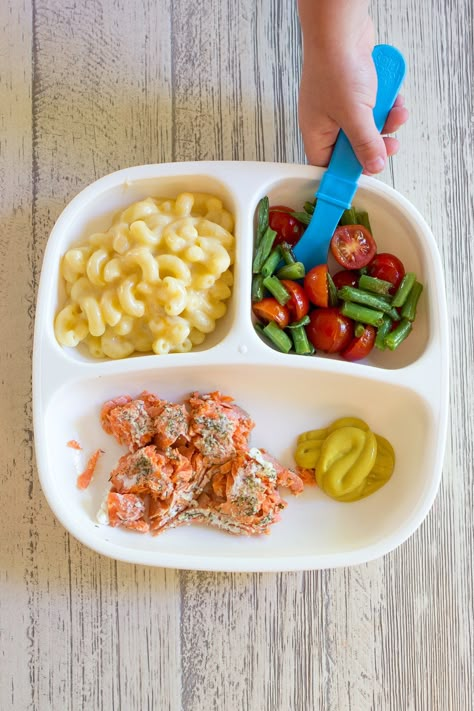 The biological significance of these nutrients allows the use of vegetable oils in diets for most diseases. The highest concentration of useful nutrients in sunflower, corn, olive and especially soybean oil.
The biological significance of these nutrients allows the use of vegetable oils in diets for most diseases. The highest concentration of useful nutrients in sunflower, corn, olive and especially soybean oil.
In vegetable oils, when exposed to high temperatures, especially for a long time, valuable fatty acids, vitamin E are destroyed, and harmful oxidation products accumulate. Therefore, such oils are best used without heat treatment, in salads, vinaigrettes, etc. You can not fry anything in the same oil for a long time. On vegetable oils, you can fry fish, vegetables, some dough products, less often - meat, and you can also sauté vegetables and add it to dishes when stewing. But let us recall once again that when preparing food for babies, it is necessary to use the most gentle methods of heat treatment of food - boiling, baking, stewing.
Vegetable fats are obtained from oilseeds by pressing or extraction. The essence of the pressing process is the extraction of oil from crushed seeds, in which most of the hard shell (peel) has been previously removed. Depending on the method of conducting the technological process, cold-pressed and hot-pressed oils are distinguished. During hot pressing, crushed seeds are preheated in braziers.
Depending on the method of conducting the technological process, cold-pressed and hot-pressed oils are distinguished. During hot pressing, crushed seeds are preheated in braziers.
Vegetable oil is purified either by filtration or by exposure to alkalis. In the first case, the product is called unrefined, in the second, refined. From vegetable oils, the range of which is very wide and includes fats of various chemical and physical properties, sunflower, cottonseed, olive, soybean, peanut oils are most often used in cooking, linseed, hemp and corn oils are less commonly used. In the confectionery industry, sesame, walnut oil is used, and in baking - mustard oil. Vegetable oils should not be abused, since excess fatty acids can accumulate in cells, oxidize and poison the cells with oxidation products. The exception is olive oil, which contains less PUFAs, so it oxidizes less and can be used in larger quantities.
Sunflower oil is obtained by pressing or extracting sunflower seeds. The oil produced by pressing, especially when hot, has an intense golden yellow color and a pronounced smell of toasted seeds. Sunflower oil goes on sale refined and unrefined. Refined and deodorized oil is transparent and almost devoid of specific odor. In baby food, it is preferable to use just such an oil for cooking and salad dressing, in accordance with the age norm.
The oil produced by pressing, especially when hot, has an intense golden yellow color and a pronounced smell of toasted seeds. Sunflower oil goes on sale refined and unrefined. Refined and deodorized oil is transparent and almost devoid of specific odor. In baby food, it is preferable to use just such an oil for cooking and salad dressing, in accordance with the age norm.
Olive oil is extracted from the fleshy part of the fruit of the olive tree and from the kernel of its hard stone. The best edible olive oil is obtained by cold pressing, which eliminates the specific taste, but at the same time retains all the useful qualities of this oil. Olive oil has a delicate, mild taste and pleasant aroma. It contains less essential fatty acids and vitamin E than sunflower oil, but it has a beneficial effect on diseases of the liver and biliary tract, peptic ulcer, gastritis due to the successful combination of PUFAs contained.
For corn oil Corn germ is pressed or extracted. Refined corn oil has a golden yellow color; it is used in the manufacture of confectionery. Mustard, nut, peanut oils are not used in baby food, since the raw material for their production is a potential food allergen; they are mainly used in the confectionery industry.
Refined corn oil has a golden yellow color; it is used in the manufacture of confectionery. Mustard, nut, peanut oils are not used in baby food, since the raw material for their production is a potential food allergen; they are mainly used in the confectionery industry.
When and how much
Butter (unsalted, sweet cream, ie without added lactic acid bacteria) is introduced into the child's diet simultaneously with the introduction of vegetable puree or cereals - at 5-6 months or later - about 8 months. The need to introduce oil with the first complementary foods is individual. So, if the baby is gaining weight poorly, then the oil is administered earlier, but if the child is gaining well or excessively, then it is better to introduce this product later. The beginning of the introduction - from 1 g / day (at the tip of a teaspoon), gradually bringing the consumption rate to 4-6 g per year. By the age of 3, it is 10-15 g / day.
Vegetable oils, such as sunflower, corn and olive, are recommended for use in baby food in its natural form: for dressing salads, vinaigrettes, as additives to various dishes.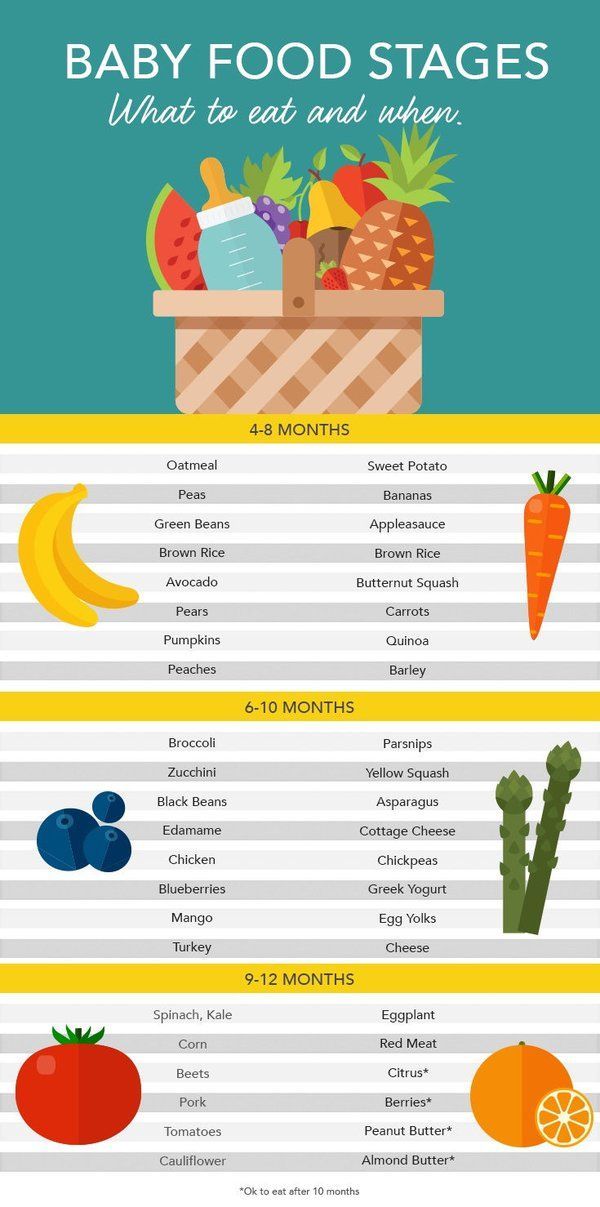 For the nutrition of young children, it is recommended to use the same oils with the start of the introduction of vegetable complementary foods (the timing of the introduction of complementary foods is also set individually, depending on the type of feeding and weight gain), with the condition of self-cooking. Since vegetable puree is introduced gradually, starting with 10 g, adding a couple of drops of sunflower oil to it is enough. As the volume of the dish increases, we increase the addition of oil, bringing it to the full volume for this age category (see table). If you use purchased canned children to feed your child, you do not need to add oil to them.
For the nutrition of young children, it is recommended to use the same oils with the start of the introduction of vegetable complementary foods (the timing of the introduction of complementary foods is also set individually, depending on the type of feeding and weight gain), with the condition of self-cooking. Since vegetable puree is introduced gradually, starting with 10 g, adding a couple of drops of sunflower oil to it is enough. As the volume of the dish increases, we increase the addition of oil, bringing it to the full volume for this age category (see table). If you use purchased canned children to feed your child, you do not need to add oil to them.
|
* Butter can be introduced from 5 months.
** Vegetable oil can be administered from 4.5-5 months.
For young children, oils should be included in self-prepared complementary foods, and industrial dishes, whether vegetable purees or cereals, already contain the required amount of vegetable and animal fats. So, for example, if you started introducing complementary foods to a 5-month-old (if necessary, from 4.5 months), then the first dish in which you need to introduce vegetable oil will be vegetable puree. We start with a few drops, bringing up to an incomplete teaspoon - this will be the full recommended amount for this age.
At 6 months, the next complementary food introduced into the diet will be milk-free or dairy-free porridge, into which it is recommended to introduce butter, starting with the tip of a knife (1 g), leading up to a full volume of 4 g. Vegetable oil is still introduced in vegetable puree, in the same volume (3 g).
At the age of 7 months, the volume of dishes increases, but the amount of oils introduced remains the same.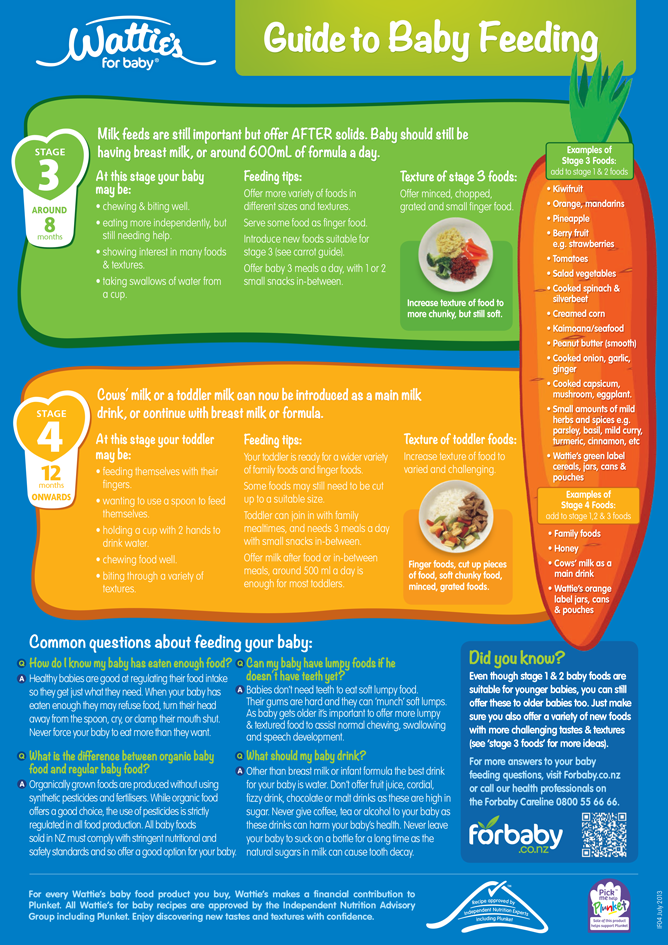 At 8 months, it is recommended to introduce another dish - mashed meat, to which you can add 1/3 teaspoon of vegetable oil. Taking into account the oil added to the vegetable puree, you get the full recommended amount for this age - 5 g. And we still add butter to cereals, in the amount of 5 g.
At 8 months, it is recommended to introduce another dish - mashed meat, to which you can add 1/3 teaspoon of vegetable oil. Taking into account the oil added to the vegetable puree, you get the full recommended amount for this age - 5 g. And we still add butter to cereals, in the amount of 5 g.
Up to 1.5 years, while the range of dishes remains the same, the volume of input oils increases, for example, in vegetable purees, the volume of input vegetable oil increases to 7–8 g, and the proper volume of butter can be equally distributed for cooking cereals (5–7 d), meatballs, meat soufflés, 5 g each (if the butter is melted, 5 g is placed in 1 teaspoon).
By the age of 3, the daily volume of butter - 15 g - can be distributed as follows: for breakfast 5 g - to make a sandwich or milk porridge, 5 g - add to porridge or pasta for a lunch garnish, 5 g to prepare a vegetable dish ( like mashed potatoes) or a meat dish (like meatballs) for dinner. Vegetable oil - 10 g can be distributed as follows: for cooking the first course - 3 g, for dressing salads or preparing vegetable side dishes - 5 g, the remaining volume can be used for cooking dishes.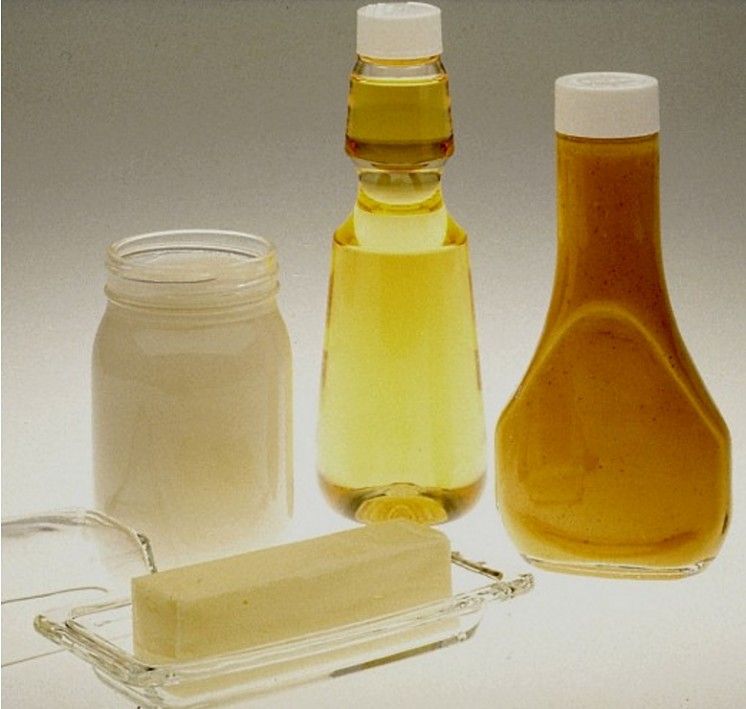
Atherosclerosis is the most common chronic disease, with the formation of single and multiple foci of lipid, mainly cholesterol deposits - atheromatous plaques - in the inner lining of the arteries.
Add oil to lure is needed when the baby is 5-6 months old. First - vegetable, and a little later - creamy. The first dose should be scanty and fit on the tip of a knife, that is, it should be about 1 gram (this is a couple of drops). Moreover, vegetable oil is added to vegetable and meat complementary foods (better - olive, the first cold pressing), and butter - to porridge. It is important that in the second case it is about products made from cream (fat content - at least 82.5%). Less fatty foods have a different name - spread - and various nutritional supplements replace the natural basis in them. It is also important to remember that an oil additive will be superfluous in a jar of complementary foods: it already contains it in the form of the required amount of animal and vegetable fats.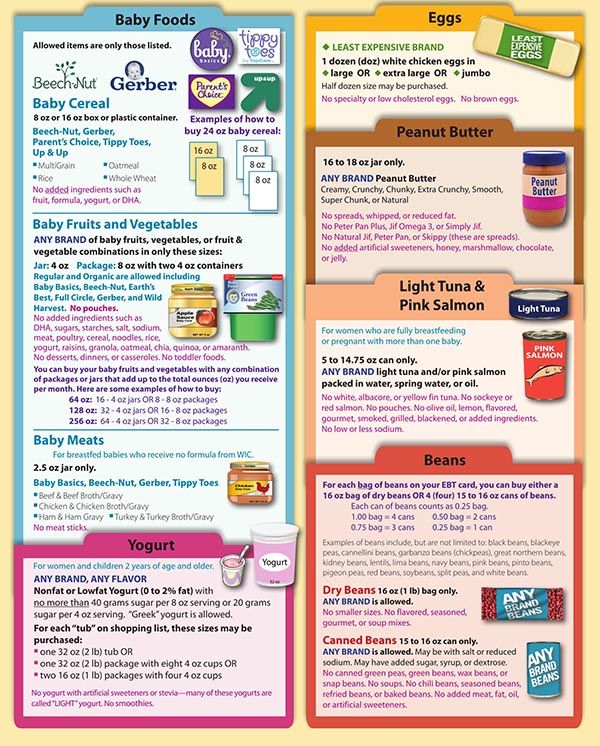
Why do children need oil?
If your toddler ate canned (purchased) complementary foods - vegetable oil is already well known to him. It is added to store-bought purees in order to be better absorbed. Therefore, if you cook a vegetable dish yourself, you can safely drop a drop of olive oil into it. And the cream product goes well with cereal starchy porridge. But you need to add it directly to the plate, because during the boiling process, vitamins are destroyed, and harmful saturated fatty acids are formed from useful unsaturated fatty acids.
By the year, the daily “oil” norm for a toddler will be 3-5 grams. But margarine and other “lightness” (spreads) are contraindicated for babies.
Choosing the first vegetable oil for children , it is best to stay on olive. It has almost as many fatty acids as breast milk. Over time, it can begin to alternate with sunflower and corn. And closer to two years, also give rapeseed and soy. They are part of the store canned puree.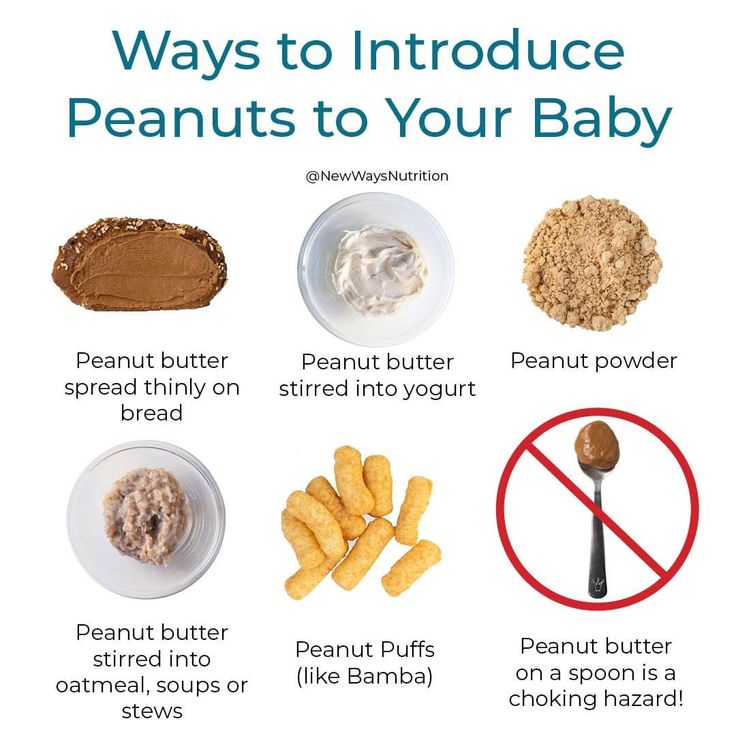 But when buying such food, you should always check the composition for the presence of GMOs.
But when buying such food, you should always check the composition for the presence of GMOs.
Olive and other children's oil plays another important role - it provides the body with cholesterol. In small quantities, it is simply necessary, since it is involved in the synthesis of steroid hormones and the production of vitamin D, and is also part of the cell membrane, and is necessary for a number of digestive processes. That is, without cholesterol, the development of a baby, including intellectual development, can be disturbed. But, we repeat, one should strictly adhere to the established norms, since the “oil blow” to the liver and pancreas can be very noticeable. It is also necessary to carefully add it to infants with intolerance to cow protein.
Vegetable oil for children
This product contains vitamin E and unsaturated fatty acids that the human body cannot produce on its own. Meanwhile, such compounds are needed for the retina and the functioning of the nervous system.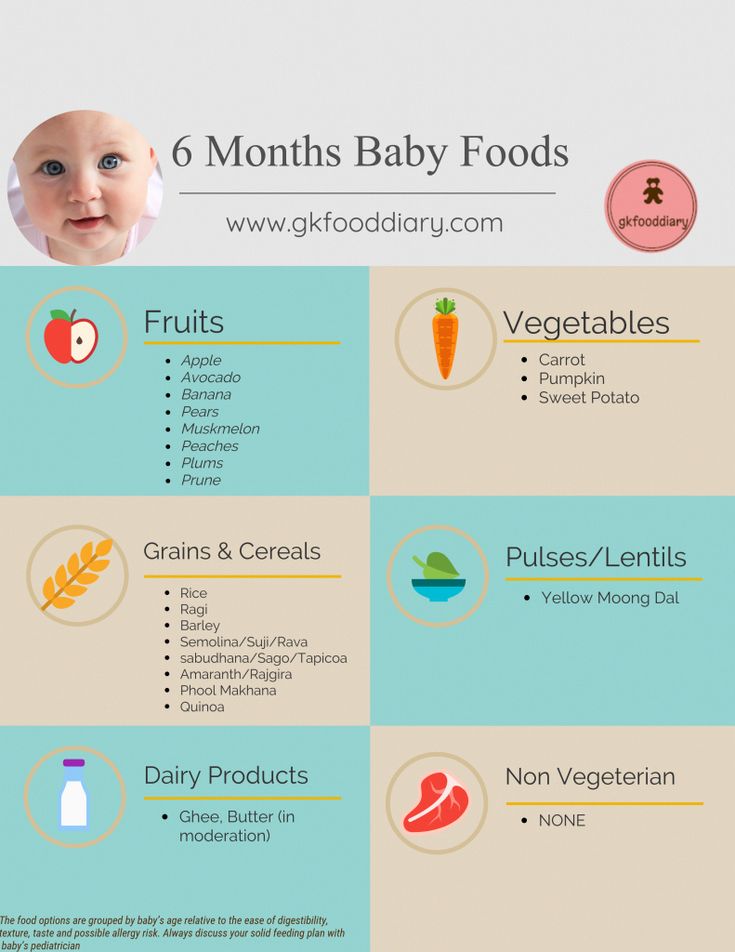 Therefore, the grown-up peanut should be taught as early as possible to salads from fresh vegetables seasoned with olive (sunflower, corn, soy) oil. It can also be added to vegetable purees and soups. It is also great for cooking fried foods, since it is not afraid of heat treatment and no carcinogens harmful to the body are released. But, of course, fried will appear on the menu of your child not earlier than he turns one year old.
Therefore, the grown-up peanut should be taught as early as possible to salads from fresh vegetables seasoned with olive (sunflower, corn, soy) oil. It can also be added to vegetable purees and soups. It is also great for cooking fried foods, since it is not afraid of heat treatment and no carcinogens harmful to the body are released. But, of course, fried will appear on the menu of your child not earlier than he turns one year old.
We introduce butter into complementary foods
It is necessary to introduce butter made from cream into complementary foods in a timely manner and without fail. Moreover, when the time comes, it should be present in your child's menu daily (of course, in small doses), providing the body with vitamins A, B, C, D, E and K, calcium, phospholipids, amino acids. If vegetable oil for children is offered at 5-6 months, then a cream product is offered at 6-7. Six-month-olds who eat mixtures - early, and those who are breastfed - later. If your child has allergies, be sure to check with your pediatrician before injecting lure butter .






